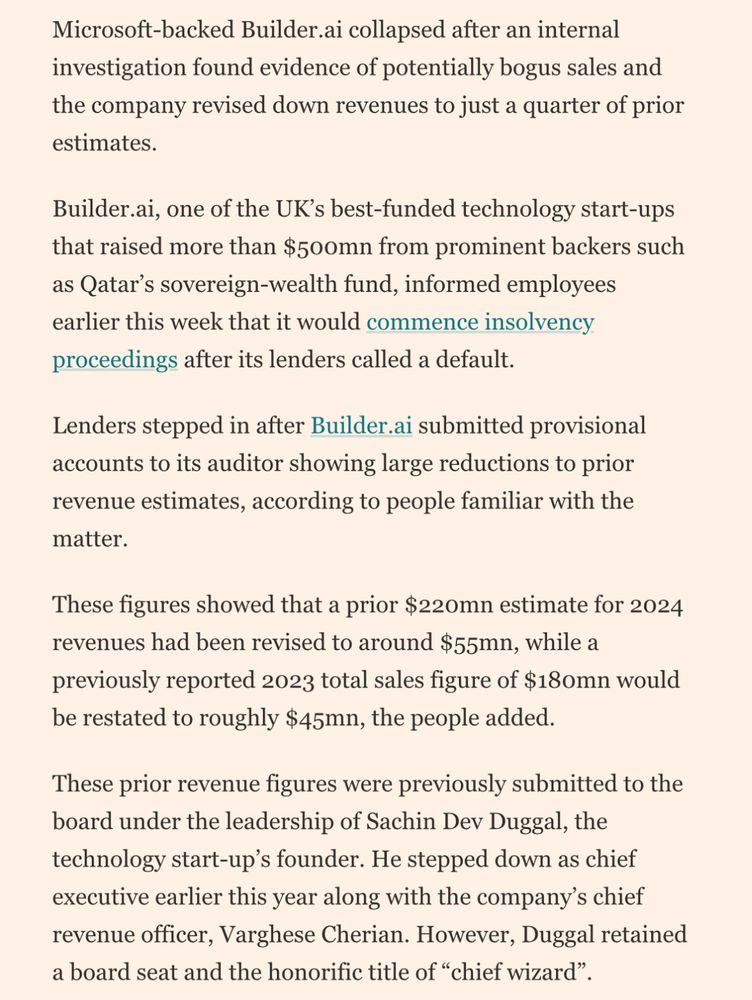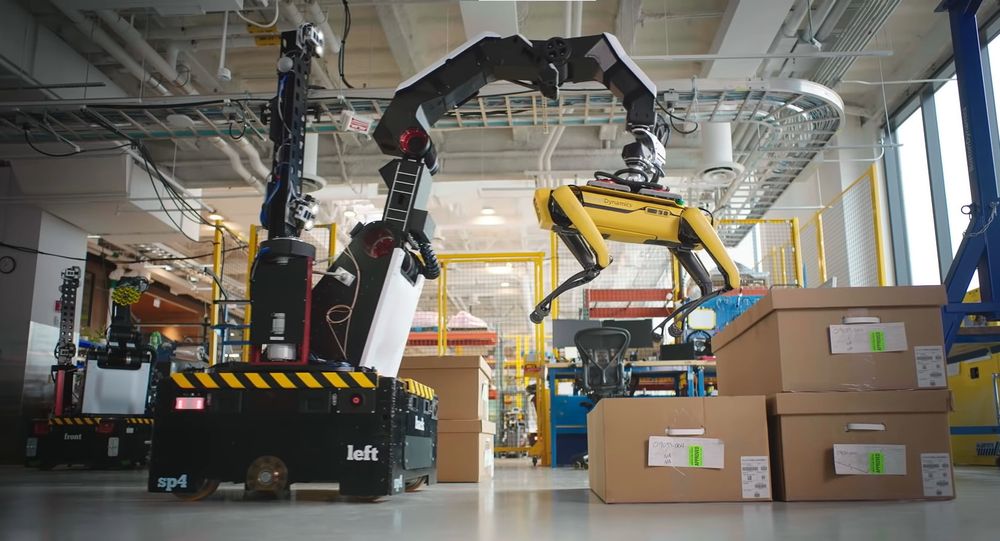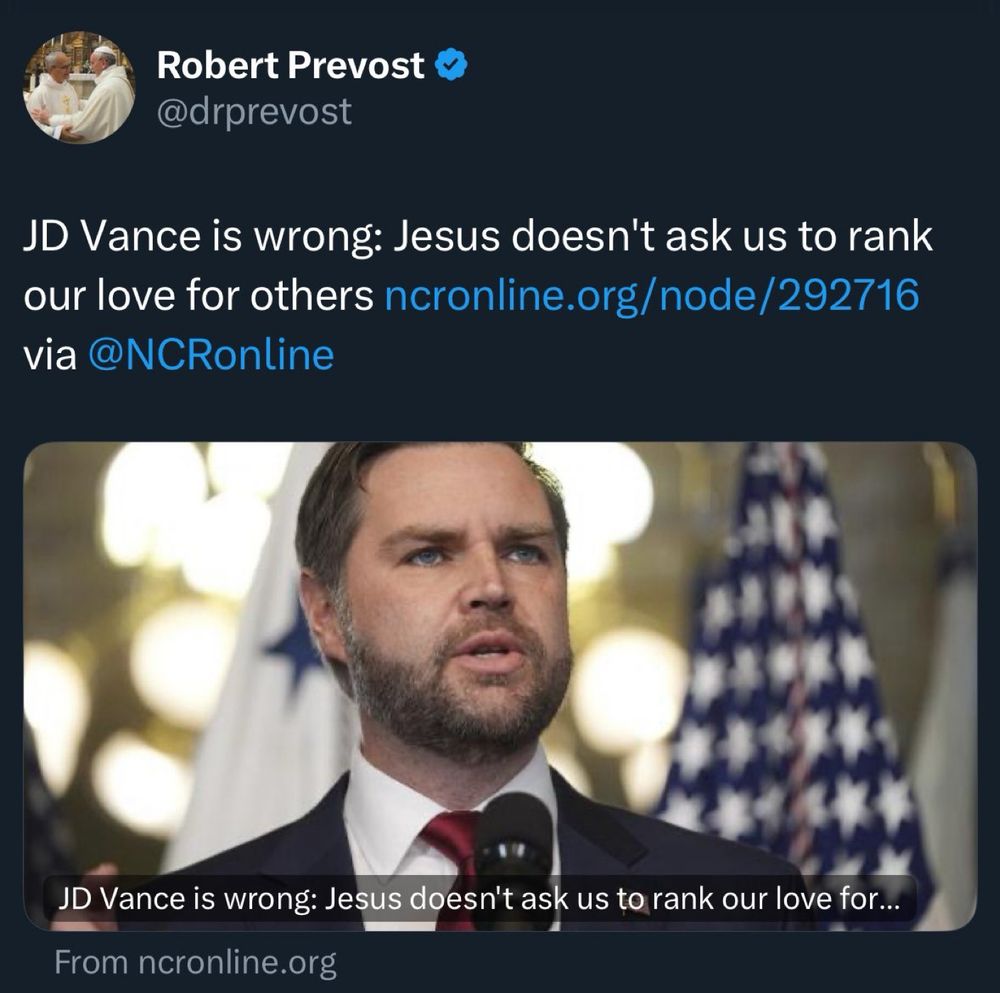How a 1980s toy robot arm inspired modern robotics
Jon KeeganDescribed as a “robot-like arm to aid young masterminds in scientific and laboratory experiments,” it was the rare toy that lived up to the hype printed on the front of the box. This was a legit robotic arm. You could rotate the arm to spin around its base, tilt it up and down, bend it at the “elbow” joint, rotate the “wrist,” and open and close the bright-orange articulated hand in elegant chords of movement, all using only the twistable twin joysticks.
Anyone who played with this toy will also remember the sound it made. Once you slid the power button to the On position, you heard a constant whirring sound of plastic gears turning and twisting. And if you tried to push it past its boundaries, it twitched and protested with a jarring “CLICK … CLICK … CLICK.”
It wasn’t just kids who found the Armatron so special. It was featured on the cover of the November/December 1982 issue of Robotics Age magazine, which noted that the $31.95 toy (about $96 today) had “capabilities usually found only in much more expensive experimental arms.”
...
I needed to know the story of this toy. I reached out to the manufacturer, Tomy (now known as Takara Tomy), which has been in business in Japan for over 100 years. It put me in touch with Hiroyuki Watanabe, a 69-year-old engineer and toy designer living in Tokyo. He’s retired now, but he worked at Tomy for 49 years, building many classic handheld electronic toys of the ’80s, including Blip, Digital Diamond, Digital Derby, and Missile Strike. Watanabe’s name can be found on 44 patents, and he was involved in bringing between 50 and 60 products to market. Watanabe answered emailed questions via video, and his responses were translated from Japanese.
...
The bold look and function of Armatron made quite an impression on many young kids who would one day have a career in robotics.
One of them was Adam Borrell, a mechanical design engineer who has been building robots for 15 years at Boston Dynamics, including Petman, the YouTube-famous Atlas, and the dog-size quadruped called Spot.
...
Borrell had a fateful reunion with the toy while in grad school for engineering. “One of my office mates had an Armatron at his desk,” he recalls, “and it was broken. We took it apart together, and that was the first time I had seen the guts of it.
“It had this fantastic mechanical gear train to just engage and disengage this one motor in a bunch of different ways. And it was really fascinating that it had done so much—the one little motor. And that sort of got me back thinking about industrial robot arms again.”
...
Eric Paulos, a professor of electrical engineering and computer science at the University of California, Berkeley, recalls nagging his parents about what an educational gift Armatron would make. Ultimately, he succeeded in his lobbying.
“It was just endless exploration of picking stuff up and moving it around and even just watching it move. It was mesmerizing to me. I felt like I really owned my own little robot,” he recalls. “I cherish this thing. I still have it to this day, and it’s still working.”







